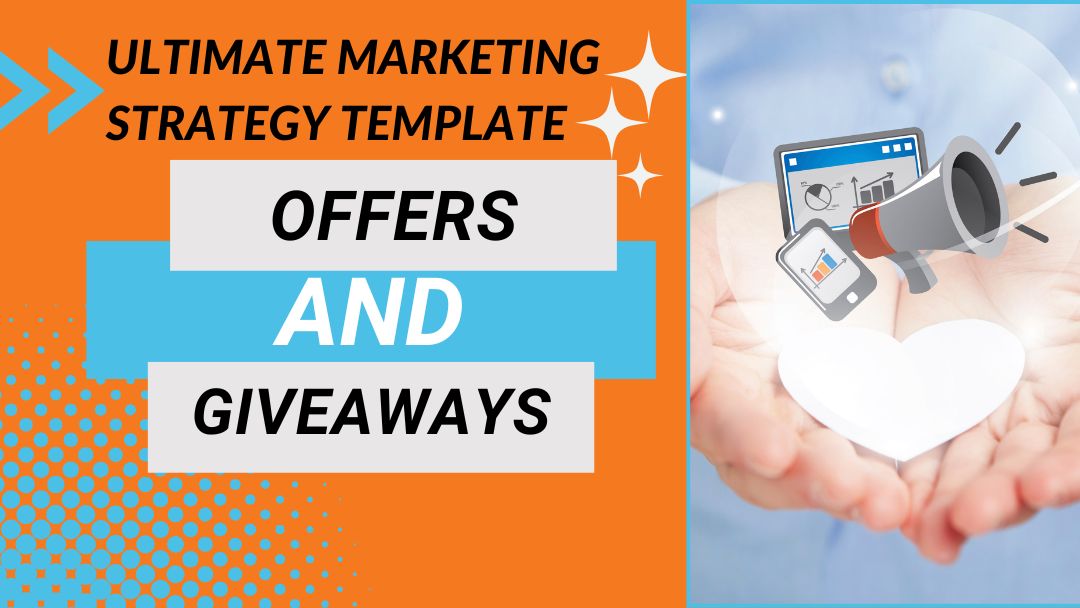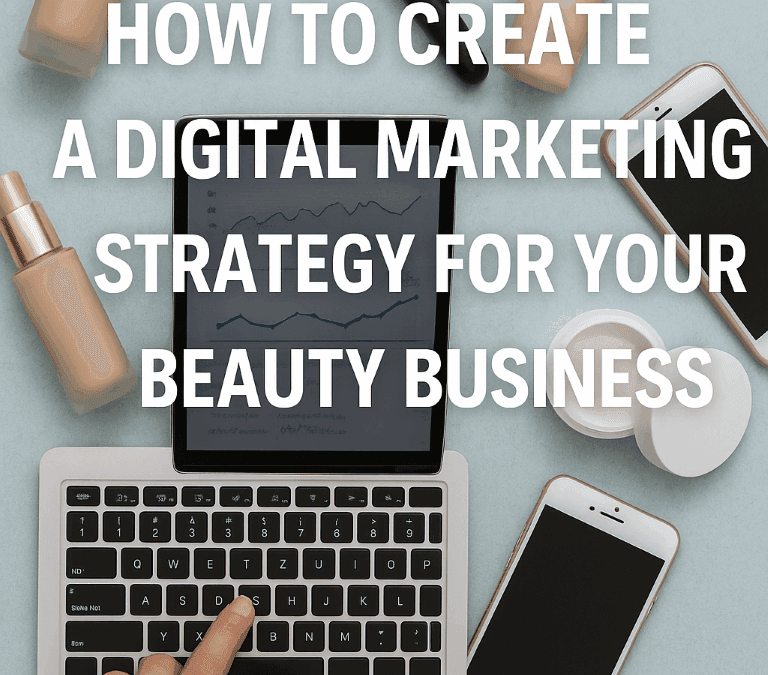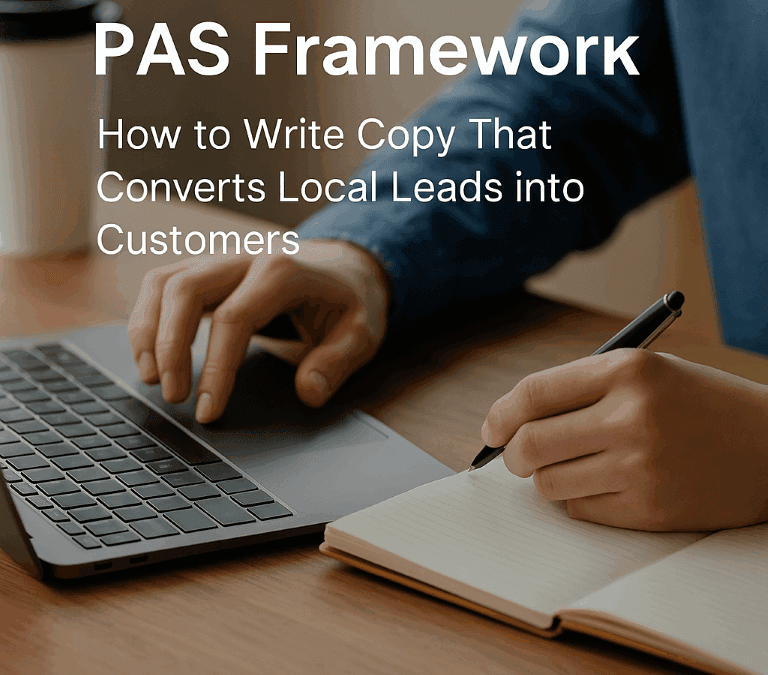In our Ultimate Marketing Strategy series of articles, we’ve been exploring how to create a comprehensive and compelling strategy that converts. So far, we delved into developing your Executive Summary, Market Research, Target Market, Competitor Research, Unique Selling Points (USPs), Positioning and Pricing, and last week, Promotion and Distribution.
A marketing strategy is not only valuable to entice investors, increase brand recognition and promote your unique offering, it can spearhead and optimise the success of your brand’s plans moving forward.
A marketing strategy supports your business plan by providing a roadmap to growing your business’s presence, sales and overall success. Whether you’re a new startup or an established business, creating your bespoke marketing strategy will open doors, helping you to find customers, suppliers and investors.
What Is the Marketing Budget, Offers and Giveaways part of your Strategy?
It’s in the marketing budget section of your marketing strategy where you’ll define the amount of money that will be spent in order to achieve your business goals.
Once you’ve decided on your marketing channels, which you defined in the previous section of our Ultimate Marketing Series: Marketing Promotion and Distribution (Part 7), you’ll break down how much money your company will spend on your individual marketing activities. The budget will be divided between these activities and various marketing channels, which will be targeted at your audiences and dependent on your acquisition and retention strategies.
Here, in part 8 of our ultimate marketing strategy template, we’re providing insights and tips on planning your marketing budget, and how to maximise its return by stretching it as far as possible with offers and giveaways.
Getting Your Marketing Budget Right
If you’ve already set your marketing goals then the most accurate way to calculate your marketing budget is to base it on these goals. Sitting down and working out how much money you need to achieve your marketing goals can be complex and ambiguous, but it doesn’t have to be. We’ve outlined some of the ways you can calculate your marketing spend.
First, it’s good to get to grips with the terminology. The Marketing Goal Acquisition cost is defined as the amount of money you spend to get one lead from your marketing activities.
How to Calculate what your Marketing Budget Should be?
Average method
From each marketing channel, you can calculate the average cost per lead by taking the cost of the marketing activity and dividing it by the number of leads/goals it achieved.
Say you spend £100 on Facebook adverts and get 10 new leads, then it would cost you £10 on average per goal achieved. You can break down your marketing activity and leads achieved using this method for all your marketing activities.
If you’re investing in multiple activities, It’ll also help you work out which actions are working best for your business, enabling you to reassess and redistribute your marketing budget effectively in the future.
If you are regularly paying salaries for marketing personnel, this amount is easier to calculate. You simply take the total salary of team members combined and divide this by the number of lead/marketing goals achieved. You’ll then reach a figure which indicates your total cost per goal.
Tip: Remember to add in your operational costs including any software you use, web hosting, training costs, paid ads and membership fees for professional organisations that you belong to.
For example, if the cost of two members of your marketing team is £2000 a month and you have total monthly marketing operational costs of £600, your marketing department costs a total of £4600 a month to run.
Let’s say your business generates 50 leads/goals a month, then we take the total cost divided by the number of leads (4600/50) to reach the amount of money required to achieve each goal: =£92.00 per goal.
For your marketing budget, you can use this average number to calculate what it will cost to achieve your goals going forward. For example, if your business strives to achieve 100 leads, then the budget would need to be:
£92.00 x 100 =£9,200.00 a month.
By regularly monitoring your average cost per lead/goal you can measure your marketing performance over time.
Alternative methods
What about if you don’t yet know your marketing costs? You’re a startup, for example, or you don’t have key performance indicators (KPIs) in place to measure against. Well, don’t worry, because there are a number of methods that are very beneficial and helpful if you don’t know your marketing costs
As a percentage of revenue
While this method will give you a calculated guesstimate to base your marketing budget on from the outset, it is probably best suited to startups.
As a guide, new businesses should look to spend between 12-20% of their calculated/projected revenue on their marketing budget. Established businesses are recommended to budget between 6-12% of revenue or projected revenue on their marketing activities.
Matching your competitors
As part of your competitor research or during this stage of your marketing strategy, often, businesses also explore what their competitors are engaging in marketing-wise and which channels and suppliers they use. For example, if one of your competitors has started a blog to increase their organic traffic then look at how many posts they have produced each month and work out how much it would cost to do the same. We can help with this with either our fully managed service or from through our content store.
What do you need to include in your marketing budget?
Here’s everything you need to include in your marketing budget to maximise its reach and ensure it covers all your essentials:
- Your website including hosting costs, domain name registrations, design and development
- Advertising costs, which may include online, print or video advertising
- Wages/Freelance costs
- Any software that you use, such as Adobe Creative Cloud, search engine optimization (SEO) software, social media tools or marketing software
- Event attendance or subscription costs
- Skills, training and development costs
- Distribution costs, i.e. how are you going to deliver your marketing materials?
- Printing costs for your printed media such as brochures or banners
- Any costs associated with offers and giveaways (we’ll cover this later in our article)
What are Offers?
Offers refer to the use of incentives to encourage your existing and potential customers to buy your products or services. Here, you need to ask yourself how you can add value to your product or service to make it more attractive to your target audiences.
Offers should be individual to your brand and set you apart from your competition. Research your competitors to see what kind of offers and call to actions they give their customers and follow this by brainstorming innovative ways you can match their offers with a unique twist.
Examples of Offers
When it comes to offers, you are limited only by your imagination. Though it’s tough to start so to help you kickstart your offer ideas we’ve put together some of the most popular offer ideas together. These include:
- Discount offers: e.g., 10% off your first purchase
- Free delivery: e.g., if you spend more than a fixed amount
- Loyalty cards: Offer points for multiple purchases that your customer can redeem against future buys
- Specialist discounts: Offering discounts to a key target audience of yours such as students, for example
- Free trial: If you’re offering a service, you can give customers a free 10-day trial so they can try before they buy.
How Do You Choose Your Offers?
There are two key things to consider when choosing your offers:
- Associated Costs
- Your Target Audience/s
Cost is particularly relevant if you are a startup or are launching a new product on very little capital. Offers can eat into your profits, and with some, such as a free trial, you may not see profits for a few weeks.
However, although you’ll be sacrificing some profit initially, offers will attract a larger number of customers, meaning that you should sell your product in greater volumes (Obviously, this depends on the viability of the product too).
Offers boost overall revenue. If the initial outlay of the offer is too much, consider using a scheme that only costs you money after your customers have bought the product. Giving out loyalty cards is a hugely popular option here.
You also need to tailor your offer to your target audience. At this stage of your offer creation, make sure that you understand your audience and conduct research to discover the types of offering that your target audiences’ respond to. To gather this information you can try interviewing people or asking them to complete questionnaires. The better you know your target audiences, and the more you ask for their input, the more likely you are to land on a type of offer that will attract a large volume of customers.
Using Social Media
Social media platforms such as Facebook, Instagram, and Reddit, provide businesses with a fantastic opportunity to promote their products. Most platforms allow you to create targeted adverts, making it much easier to reach your audience.
Customers often like this approach because it provides them with the opportunity to interact with your business. Use these platforms to showcase your product, offer discounts, and trigger discussions. You can learn A LOT from these discussions, e.g., where you might need to tweak your product to make it more attractive.
For ideas to maximise the use of your digital marketing campaigns, take a look at our recent blog on 15 social media post ideas to try today.
The Importance of Testing and Measuring
Once you have researched your target audience/s, select two or three offers to test and measure. You’re looking to establish which ones attract the highest sales volume. Try running multiple adverts with different offers, headlines, images or calls to action to find out which one your target customers are more engaged with and prompted to take action by.
Consider factors such as sale volumes, but also whether offers are shared online/offline. People sharing your offers on social media is a good thing, for example, because it means your brand is getting greater exposure.
What is a Giveaway?
A giveaway enables businesses to increase awareness of their brand, products and/or services. The level of awareness achieved can vary depending on the size of the business’s marketing budget.
A business with a small budget may give away an extra item with the sale of a product, whereas a business with a larger budget may opt to give away a whole product in order to increase awareness, exposure and appeal.
Giveaways are an incredibly popular promotional strategy and that’s because they work. People are invariably interested in getting things for free so giveaways will pique their interest and make them more familiar with your brand. Even if they don’t win, they will have a greater awareness of your product and often, want to come back for more.
Incorporating giveaways into your overall marketing strategy works well both on social media and at trade and networking events. Word starts to spread and people start talking about your brand. They want to engage with you, either by visiting your store, your website or by sharing your page.
Why Run a Giveaway?
Opt for a giveaway as a part of your overall marketing plan to:
- Grow your social media audience.
- Get your product in front of your potential customers so you have the potential of extra sales through word of mouth
- Utilise an inexpensive way to market your product as the costs involved are low and relatively predictable
- Give back to your current audience. A giveaway can be used to further increase rapport with your existing customers, who will continue to promote your brand
- Generate leads by gaining email subscribers and using these in the future to market your product
Summary
It’s crucial to set a marketing budget so you’re able to accurately measure the success of your campaigns, forecast your business’ performance and manage your budget for the future.
While offers and giveaways are not an essential part of your marketing strategy, they are worth including because they do, when implemented successfully, boost revenue.
If cashflow or capital is a problem, choose an offer that costs money only after the initial purchase or that provides value to the customer in a different way, such as providing valuable information. The most important element of an offer is that it gives your customer added value. Therefore, you must spend time understanding your audience and how you can provide this.
What Next?
Make Your Mark. Find Your Roar!
Check out the rest of our Ultimate Marketing Strategy series for guidance, insights and tips:
- Part 1: Executive Summary
- Part 2: Market Research
- Part 3: Target Market
- Part 4: Competitor Research
- Part 5: Unique Selling Points (USPs)
- Part 6: Positioning and Pricing
- Part 7: Marketing Promotion and Distribution
- Part 8: Budget: Offers and Giveaways
- Part 9: Marketing Goals and Conversions
- Part 10: Marketing Metrics: Measuring, Modifying and Monitoring
If you’re looking for help creating a marketing budget that works for you, contact us today.





0 Comments